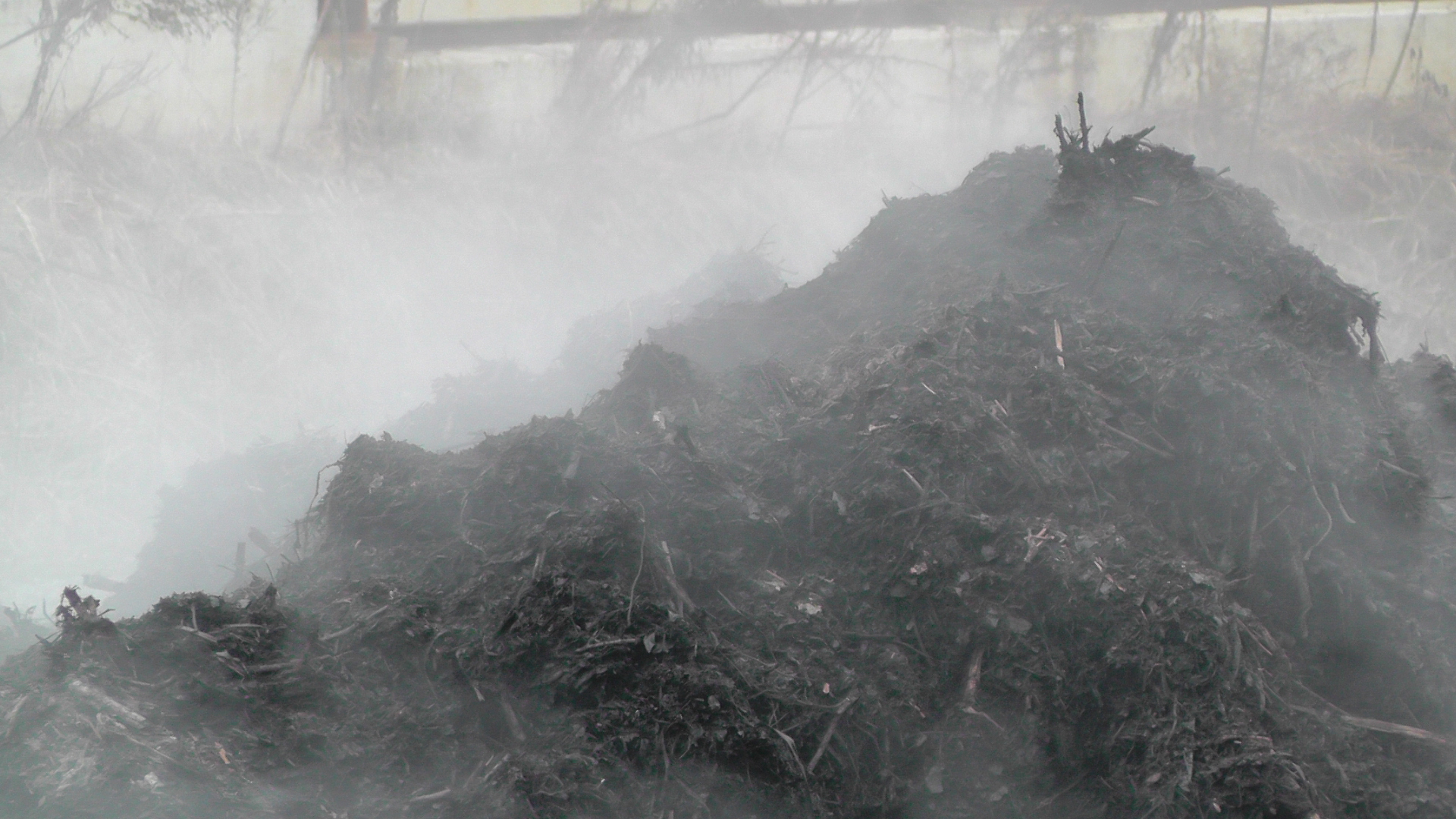London disposes of 2 million tonnes of food waste per year. Because it usually goes to landfill and causes methane emissions, composting this instead could save 275 thousand tonnes of CO2 per year – the same as the total carbon footprint of 40,000 Londoners.
If you have a food waste caddy from your council, the council will take your waste and compost it for you, or put it into an anaerobic digester to produce biogas.
If you have a garden, you could put the waste into a worm bin where the worms will turn it into rich compost for your plants (vermicomposting).
If you have no garden, you could put the waste into a bokashi bin, which will also turn it into compost that you can use to grow plants on your window sills and balconies. A bokashi bin is suitable for keeping in the kitchen, it smells only mildly of pickles and doesn’t have any worms or bugs.
Learning to compost is simply a case of balancing the “greens” (vegetable waste) and the “browns” (paper, cardboard, egg boxes) around the 50:50 level. If it smells bad: too many greens. Add browns. If it’s too dry or slow: add greens and a splash of water.
Lastly, if you have room for both, the best solution is to ferment your left-overs in a bokashi bin, and then feed it to the worms. It allows you to feed them everything that your normally fussy worms would turn their wormy nose up at. More on that in another eco tip.
Links
London Assembly: “A Wasted Opportunity: Reducing and Managing London’s Food Waste” https://www.london.gov.uk/sites/default/files/leonie_cooper_am-_a_wasted_opportunity_report.pdf

